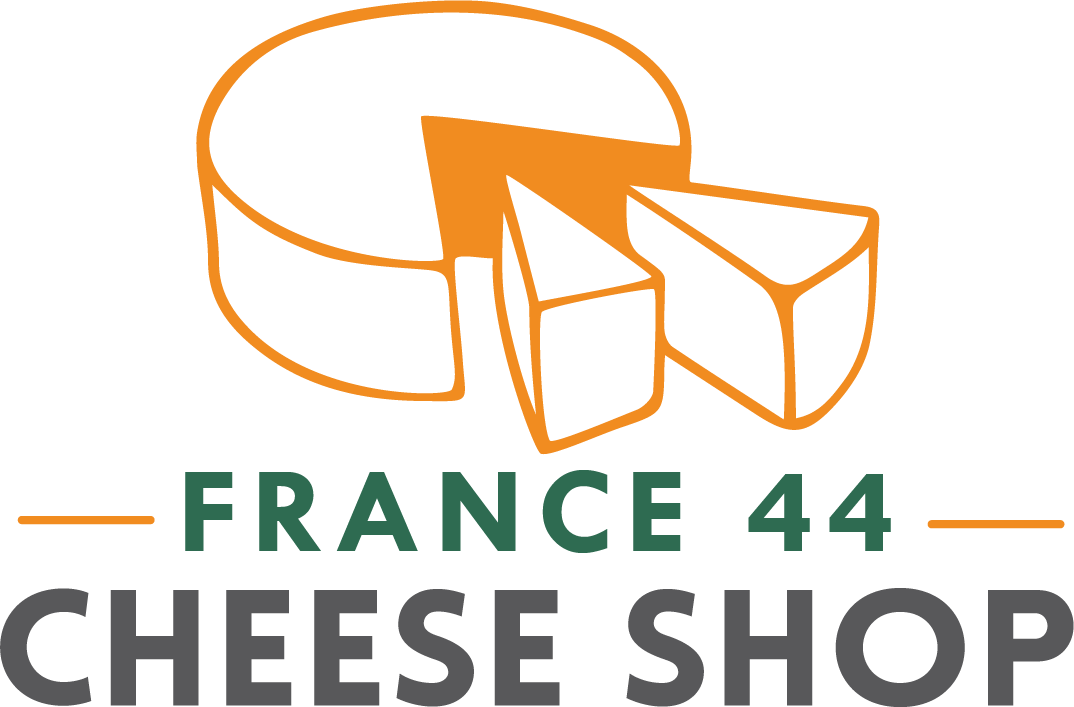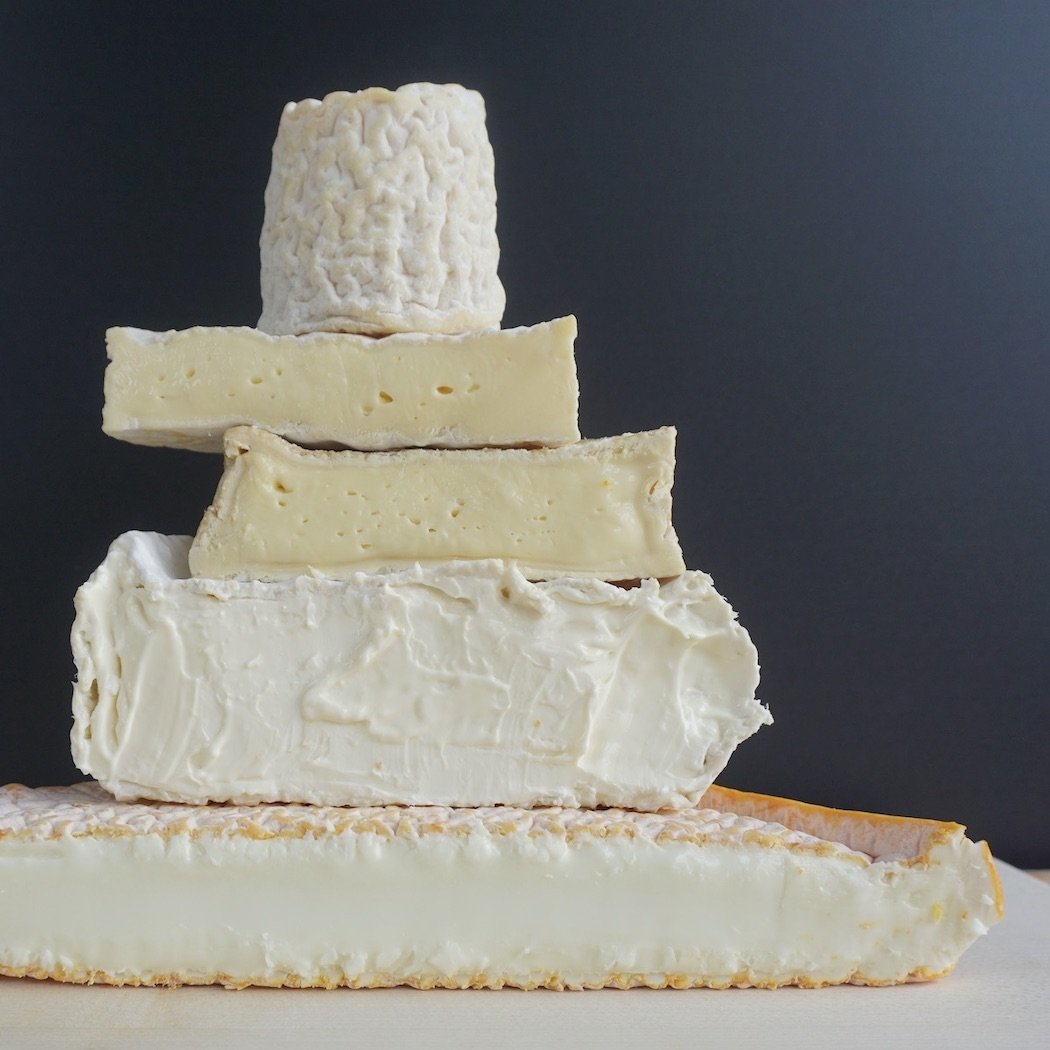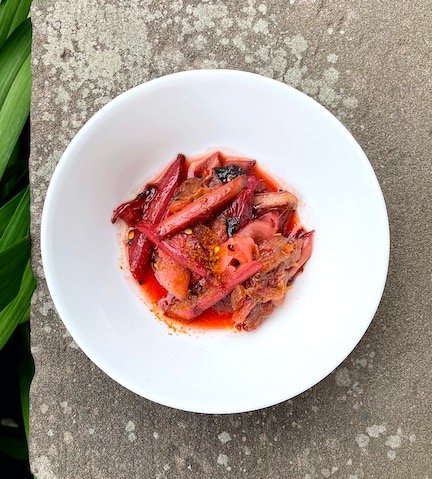Austin Coe Butler
British cheeses are (loosely) defined by a backbone of acidity. In the cooler, wetter lowlands of the British Isles, it is difficult to dry hay for winter consumption compared to the sun-drenched southern climes of Spain or Italy. British farmers adapted by fermenting silage instead. However, spoilage bacteria present in soil and in fermented silage produce a gas in cheese which can build over maturation and explode or “heave” a wheel of cheese. British cheesemakers found that if they allowed more acidity to develop during the make of the cheese by allowing naturally present lactic bacteria convert lactose into lactic acid and then add salt to the cheese before moulding it, they could effectively prevent “hoven” cheeses, and thus, as Bronwen and Francis Percival elegantly write, “the entire panoply of British territorial styles, from Cheddar to Stilton, is a response to the question posed by a maritime climate.” (A curious aside: the Dutch faced a similar problem but found a different solution that lead to the development of Gouda.)
At France 44, all our cheeses from the British Isles come from the esteemed Neal’s Yard Dairy in London. In many ways our shop thrives because of the pioneers at Neal’s Yard. Originally founded in 1979 as an eclectic co-op by Randolph Hodgson and Nicholas Saunders at a time when when factory produced Cheddar reigned and traditional foods were lost in the wake of industrialization, Neal’s Yard unabashedly championed traditional farmstead cheeses. Along with concurrent food movements like the Campaign for Real Ale, the Real Bread Campaign, and eccentrics such as Patrick Rance, they led a food revolution whose benefits we eat.
As a general rule, our case will be well stocked with the following British cheeses: a Cheddar, a British territorial (traditional regional cheese), Ogleshield, Coolea, Cornish Kern, Stilton, and Stichelton. We cycle through Cheddars territorials, so you may come in one week to find a half wheel of Montgomery’s Cheddar sitting stoutly in the case only to be greeted by the petite Hafod the next, or the sunset glow of Cheshire replaced with pale Caerphilly. Stop by often to see our variety. Farmstead and artisanal cheeses—those cheeses made by hand and of exceptional milk from a single farm or local farms in the immediate vicinity respectively—are variable by nature, and wheels of ostensibly the same cheese can often have delightfully beguiling differences from one to the next. These are the joys of cheesemakers, mongers, and eaters to savor.
Our outstanding offerings at the moment include:
Cheddar
Montgomery’s Cheddar is one of the archetypical West Country English Cheddars. It is rich, robust, and grassy with well balanced acidity. Our monger’s have certainly sent you home with a wedge of this. We also sell Montgomery’s Ogleshield, a Raclette-inspired cheese made of Jersey cow milk with a supple, fudgey paste and savory notes of fried, salted peanuts and chicken stock. When melted, the salinity comes to the fore and this cheese shines.
Territorials
Gorwyd Caerphilly is a Welsh cheese made by the Trethowan brothers, who also produce Pitchfork Cheddar. Pronounced “GOR-with CARE-philly,” the velveteen, mushroomy rind on this cheese gives way to a rich cream line and a crumbly, citrusy center. A minerally, yogurty brightness blends with flavors of earth, grass, and moss. It was popular among coalminers and farmers as the natural rind was ideal to hold with hands dirty from hard work.
Cornish Kern is a contemporary classic that stands out in the British pantheon of cheeses—it is a cooked, pressed Alpine-style cheese, with flavors that are by turns sweet and winey or savory like caramelized garlic. Owing to its make, it is matured sixteen months, much longer than traditional English cheeses. “Kern” means round in Cornish.
Coolea is an Irish gouda of Dutch extraction. It tends to be nutty not just in flavor but in texture, with the richness of macadamia nuts, hazelnuts, and almond meal that compliments the delicate brown butter sweetness.
The Blues
Colston Bassett Stilton is remarkably balanced blue owing to its delicate, handmade care and longer maturation period before being pierced to allow blue mold (Penicilium roqueforti) to bloom. Colston Bassett Stilton has a luxuriant, silky taste of sweet cream that can sometimes astonish with a bubblegum flavor. Skip the port and savor this with a brown ale.
Stichelton, an arguably more traditional form of Stilton has a bright, buttermilk feral funk to it owing to the raw milk.




